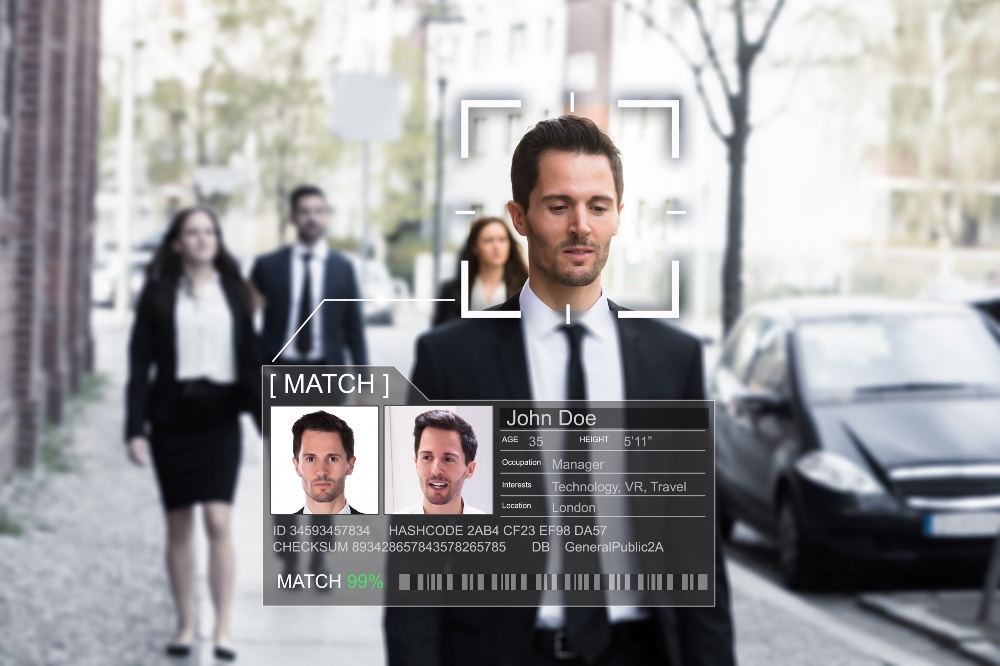Thanks to developments such as artificial intelligence and edge computing, CCTV has become an even more effective tool at keeping both property and people safe. Michael Thorpe, product manager at Stanley Security UK, looks at just how these technologies and more are changing CCTV as we know it.
Since its first use in Britain in the 1970s, and adoption for use in public spaces in the 1980s, CCTV systems have grown in popularity and usage and can be found everywhere, from small domestic properties right through to high security environments, such as banks and data centres.
Part of its success is down to the fact that CCTV offers multiple benefits. When it comes to security, it’s a proven crime deterrent, can be used to direct live action in response to an incident and is highly effective when used for evidential purposes.
According to the latest crime statistics, CCTV surveillance is useful in about 65% of crimes where CCTV footage was available. CCTV is also frequently used for health & safety and monitoring business processes, so can add value to an organisation.
Like any successful industry sector, CCTV and video surveillance doesn’t stand still. Here we look at the latest key developments in CCTV that are ripe to take advantage of and that are well worth considering investing in.
Artificial intelligence
An exciting development, albeit in its infancy, AI is having a big effect on the CCTV market. The focus here is on video analytics driven by deep learning algorithms which do not require human input. Standard systems take data from pixel values, but deep learning systems utilise a huge range of other elements, e.g. vector shapes, to identify objects (cars, people etc). Essentially, they learn as they go, getting better as they go, taking into account behavioural patterns specific to that site.
AI could improve the efficiency of a CCTV system considerably, with existing users citing intrusion and loitering detection as the top benefits. This technology is ultimately best used when combined with a real life human operator to verify the information presented by the analytics.
The only thing holding the technology back at present is the prohibitive cost, but that’s expected to come down considerably, so is one to watch.
Analytics at the edge
Also in the field of video analytics, analytics at the edge has transformed how data from CCTV systems is processed. The traditional server-based model sees data sent from cameras to a separate appliance to be analysed. Analytics at the edge sees data processing taking place within the camera and makes for more efficient use of bandwidth and storage. At a time when IoT devices are being deployed across sites, reducing the impact of CCTV on bandwidth is very popular and will, in a relatively short time frame, be mainstream in CCTV cameras, despite increasing the initial cost of the camera purchase.
Image quality improvements
Gone are the days of grainy images where identification of a person was nigh on impossible. The latest cameras benefit from huge improvements in image resolution, frame rates, defogging, image stabilisation, lens distortion correction and wide dynamic range.
Built-in infrared and thermal cameras for use in poorly lit areas have also grown in sophistication, whilst becoming more affordable.
Other key developments that have proven very popular when it comes to image quality are new zoom facilities, including remote zoom/focus and super optical zoom, which enable operators to really focus in on details.
Additionally, wide-area coverage and multi-directional cameras enable a large area to be clearly viewed. Multi-directional cameras are particularly suited to mounting on building corners as they have the ability to monitor multiple directions simultaneously to provide up to 360° coverage in separate streams.
Improvements in image quality have not only been made possible through new camera design, but also through a reduction in bandwidth usage, which has been achieved through the adoption of the latest compression technologies.
Facial recognition
Facial recognition has been much in the news over the past year with concerns over privacy being a hot topic.
However, facial recognition is already in fairly widespread use, especially by law enforcement where its impact on crime prevention and the ability to make investigations faster, easier and more effective is well proven. It’s also growing rapidly in popularity in the commercial sector for the first time where it’s also being used to improve health & safety.
Of course, this has only been made possible with the technology now available at a price point that is viable for commercial organisations, and advances in processing power and deep learning algorithms which have dramatically improved accuracy.
Getting smart
Lastly, it would be remiss not to mention the increasing use of smartphones and mobile devices in CCTV systems. In the domestic setting, this has proven extremely popular with homeowners but it’s also proven useful in the commercial world, where security teams can view footage whilst on the move, improving efficiency.
Cloud platforms continue to lag behind expectations
Despite these advancements in CCTV technology, cloud-based platforms have not proven as popular as expected, despite the reduced need for hardware and storage capacity locally. The reason behind the disappointing uptake behind the technology is cybersecurity, after all cloud-based systems are only as strong as their weakest link and that weak link could come as a result of poor security system design, installation or maintenance.





